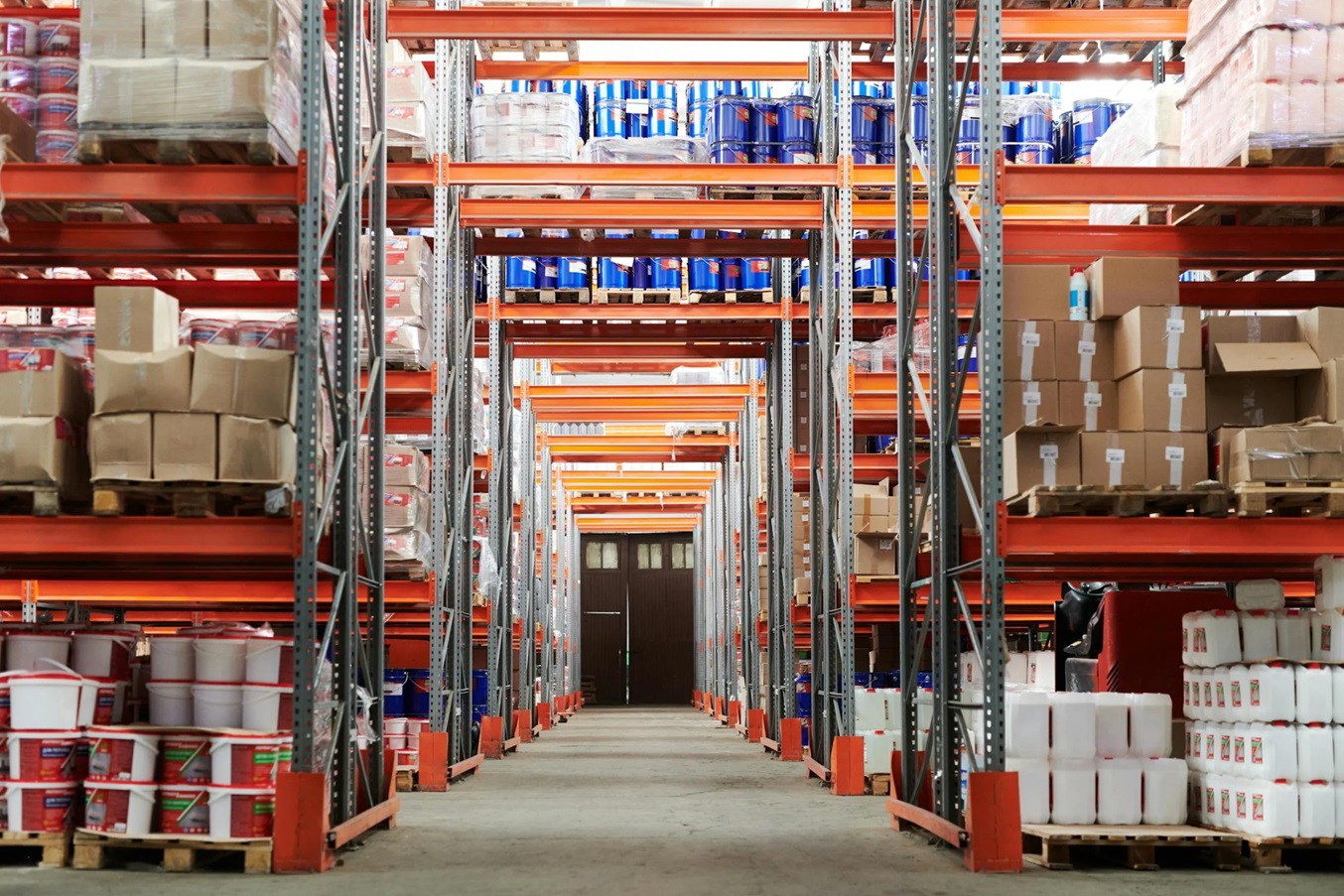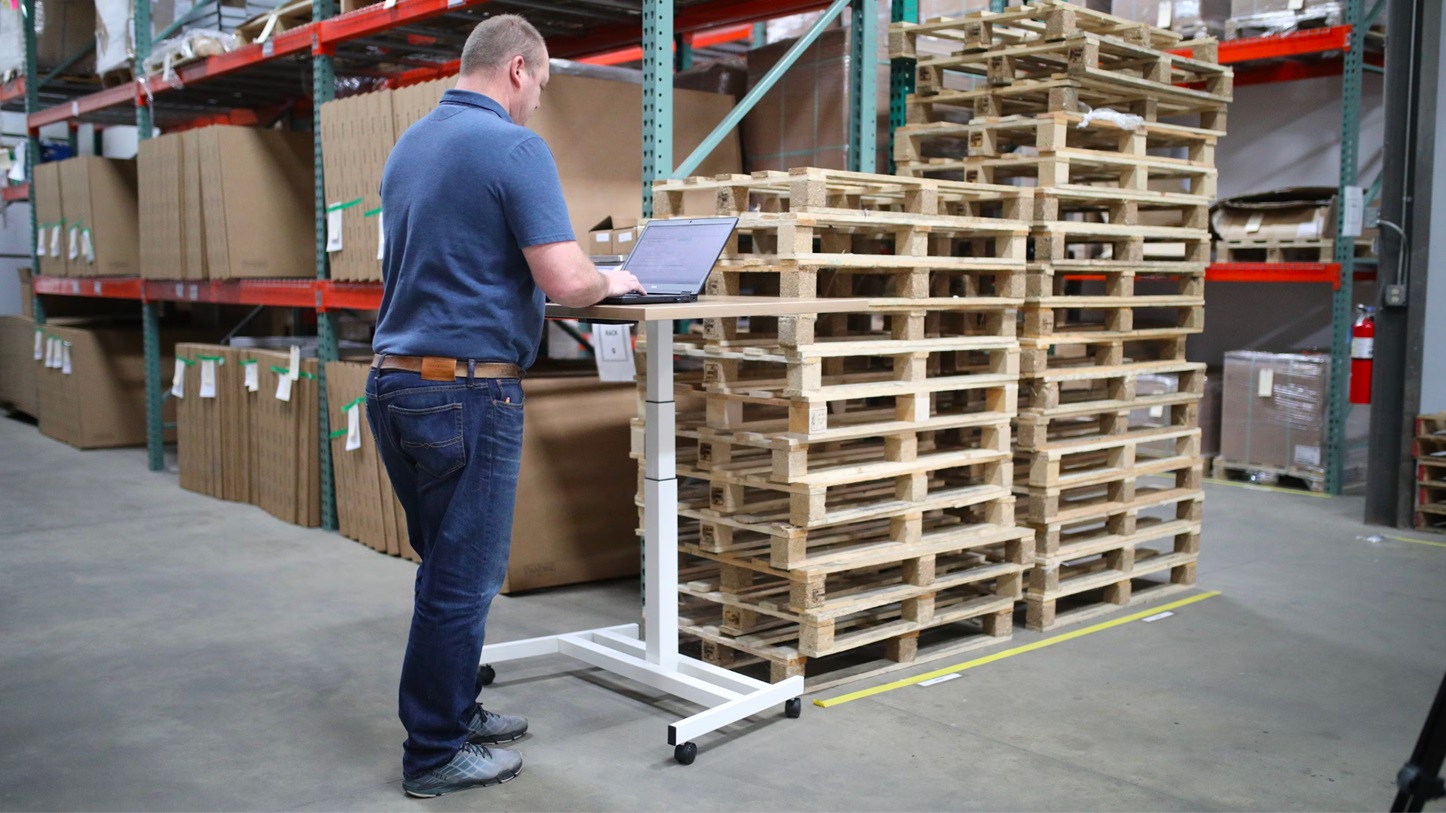The Art of Tetris: How Warehouses Masterfully Manage Space

If you’ve ever stood inside a sprawling warehouse in Columbia, SC (or anywhere for that matter) filled floor-to-ceiling with pallets, boxes, and crates, you might’ve wondered, “How on earth do they keep all of this organized?” It looks like a meticulously crafted game of Tetris, where every item has its perfect fit.
But the magic of warehouses lies far beyond appearances. It’s a calculated dance of space optimization, a neverending logistical puzzle that ensures goods flow smoothly from point A to point B.
The Essentials of Warehouse Tetris
Picture yourself hunched over a game of Tetris, those iconic shapes tumbling from the top of the screen. Now imagine a warehouse manager playing a real-life, supersized version of the game, only the stakes are much higher than just clearing lines.
Here’s how they master the art of warehouse space optimization.
Floorplan Finesse: Designing Your Tetris Board
A masterfully designed layout is like the perfectly balanced Tetris board. It goes way beyond just knowing where to pile boxes.
- Flow is King: Products should move in a logical, uninterrupted manner from the moment they enter the warehouse to the moment they leave. This means clear pathways for forklifts and workers, and smart placement of receiving, storage, picking, packing, and shipping zones.
- Zoning Matters: Like grouping those Tetris pieces by color, warehouses group similar items together. Heavy items go on lower levels of racks, fast-moving products are within easy reach, and seasonal goods might be tucked in less accessible spots until needed.
Storage Solutions: It’s Not Just Boxes
Imagine trying to win Tetris using only square pieces – it wouldn’t work! Warehouses use a variety of storage solutions to conquer the space challenge:
- Pallet Racking Reigns: These towering stacks are perfect for bulky items that arrive on the same type of pallets they’ll be shipped on again. This minimizes the need to break items out and repackage, saving time and potential for damage.
- Shelves for Smaller Soldiers: Medium-sized items are often best suited for shelving systems, where individual items can be easily pulled. This is ideal for products that come in cases or cartons but are sold in smaller quantities.
- Bins Hold the Leftovers: Tiny parts, fasteners, and components that might easily get lost get stored in bins. Often, these bins are in shelving units with drawers, allowing workers to quickly find what they need.
The Tech Factor: Your Tetris Helper
Imagine trying to play Tetris in the dark – that’s what running a warehouse without a good Warehouse Management System (WMS) would be like. A WMS is the brain and eyes of the operation, doing things like:
- It Knows Where It’s At: Every item gets scanned and assigned a location within the warehouse. No more frustrating games of hide-and-seek for that critical shipment!
- Watching Those Stock Levels: A WMS tracks how many of each item you have in real time. This triggers reordering when products get low and informs workers where to find items to fill orders.
- Playing Nostradamus: Savvy WMS systems use historical sales data to predict how much storage space you’ll need. This allows for proactive planning rather than chaotic scrambling when your space suddenly isn’t enough.
Location, Location, Location: Tetris Strategy 101
Ever hold on to that long line piece in Tetris, praying it shows up when you need it? That’s warehouses with their most popular products. Accessibility rules!
- Analyze the Sales: Your WMS can show you which products tend to fly off the shelves (virtual shelves, that is!). These items get prime placement in the picking zones.
- It’s a Prime Directive: Workers should be able to grab popular items in as few steps as possible. Aisles dedicated to these products might be wider while other storage areas can have narrower paths to save space.
Hidden Benefits of Warehousing Excellence
A masterfully run warehouse doesn’t just look good from the outside. It positively impacts every aspect of the supply chain:
- Reduced Costs: Optimized space means you’re not paying for unnecessary square footage. Efficient processes lead to lower labor costs and minimized losses from damaged inventory.
- Happier Customers: Fast and accurate order fulfillment is possible thanks to a well-organized warehouse, which means timely deliveries and satisfied customers.
- Growth Potential: A streamlined warehouse lays the foundation for scaling your business. You’ll have the capacity to take on more orders without logistical hiccups.
Could a Professional Warehouse be the Answer for You?
If you’re a business owner whose products are starting to take over your garage, basement, or spare office, it might be time to consider the possibilities of warehousing. Professional fulfillment centers offer:
- Expertise: You’ll tap into a team of warehouse pros who have space optimization down to a science.
- Technology: Robust inventory management and order tracking systems are often included, giving you peace of mind and valuable insights.
- Flexibility: You’ll have the ability to scale up or down your warehousing needs as your business fluctuates.
Unlocking the Potential of Warehousing
If mastering the art of warehouse Tetris sounds appealing, it might be worth exploring a partnership with a professional fulfillment center.
If you’d like to learn more about how professional warehousing in Columbia, SC could streamline your operations and boost your bottom line, get in touch with the experts at Spectra.
We’ll be happy to discuss how customized solutions can take your business to the next level.










Leave a Reply